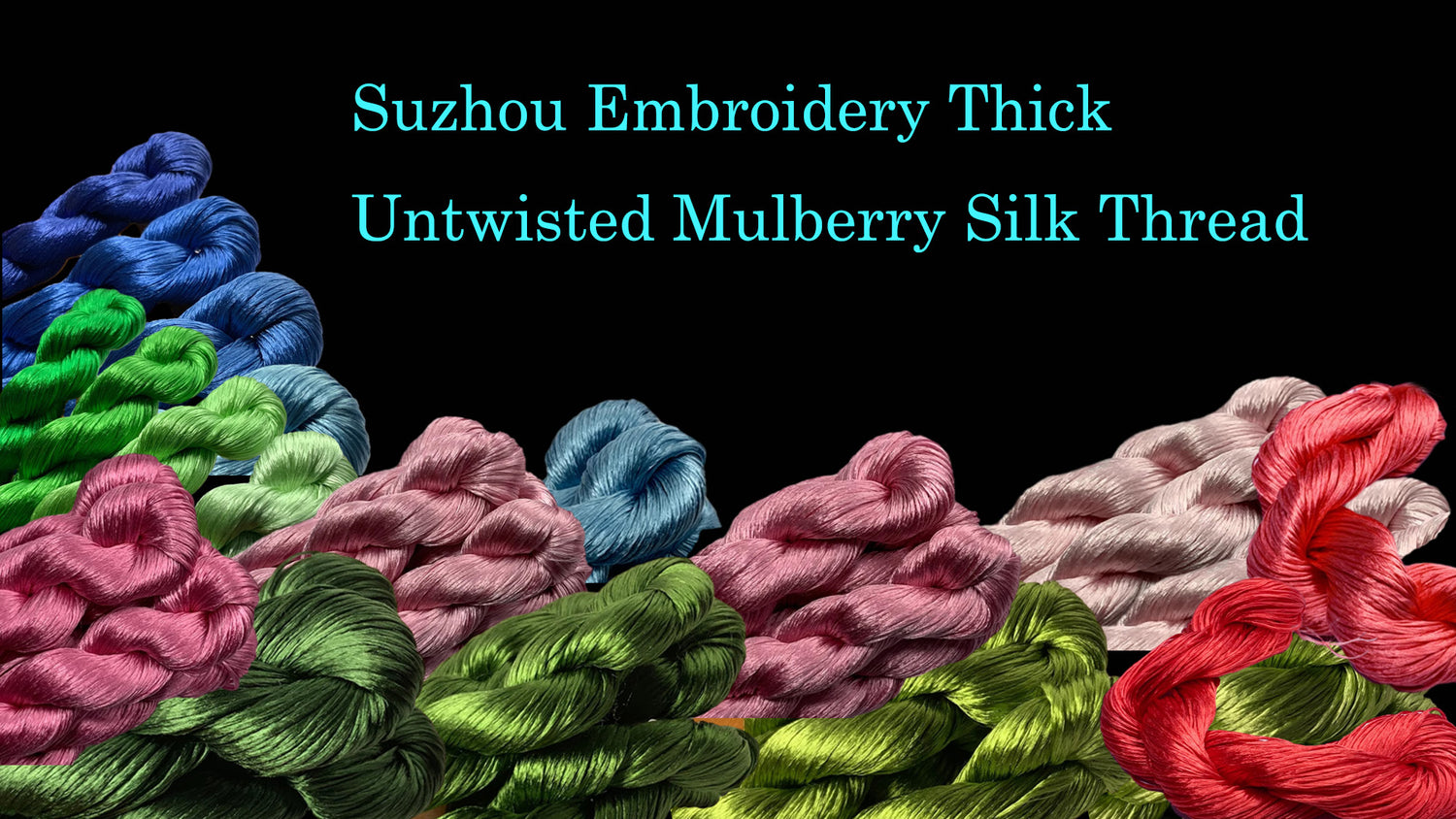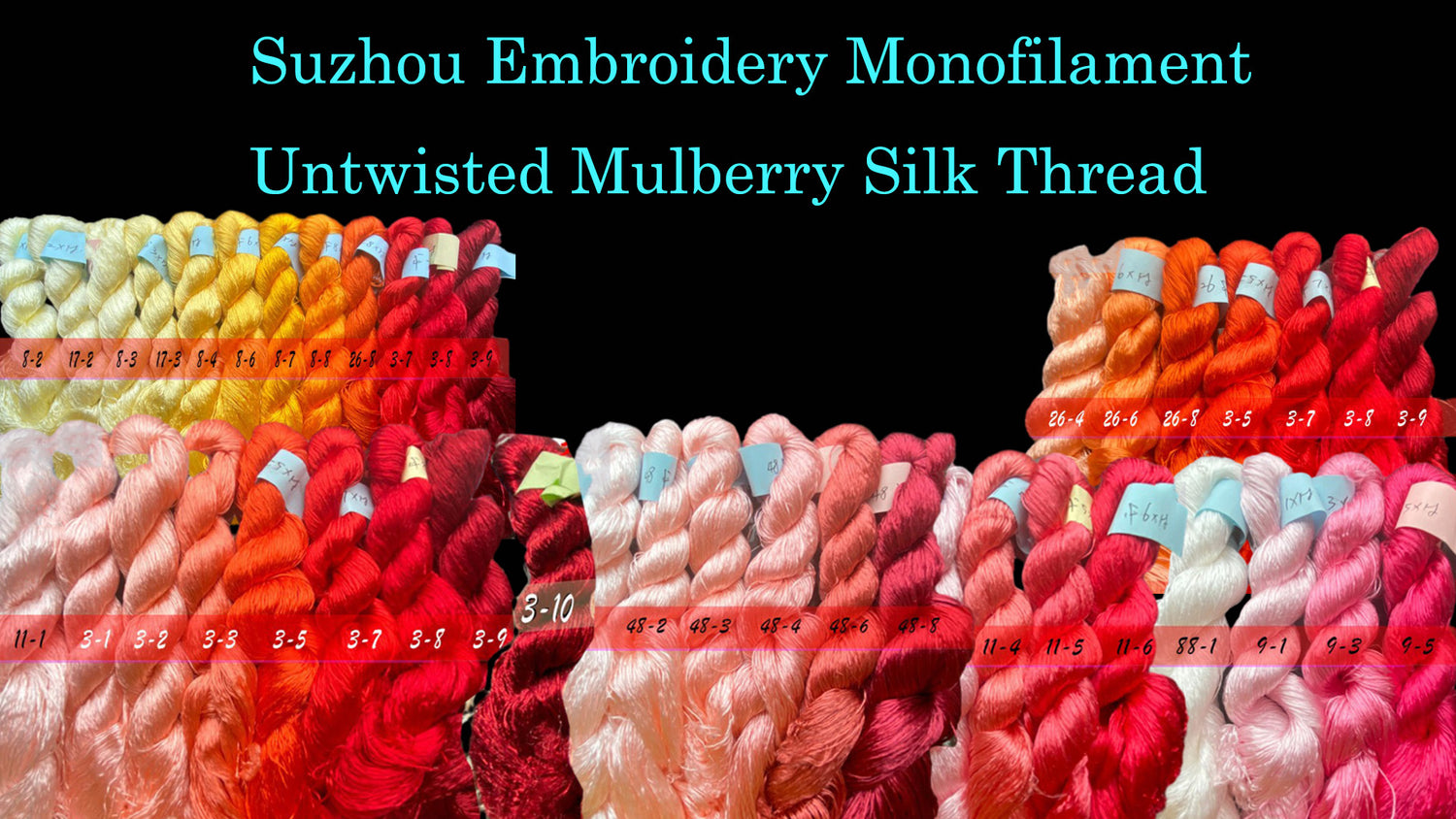
Tools and Basic Techniques Needed for Trimming and Tapering velvet - Ronghua(Velvet Flower)
Share
Ronghua(Velvet Flowers) are mainly divided into four major categories: velvet ball style, thick velvet strip style, thin velvet strip style, and flat velvet style. Today we will mainly talk about the tools and basic techniques needed for trimming thin velvet strip, thick velvet strip and flat velvet.
Our content today will be divided into three parts:
Firstly, Tools Needed for Trimming and Tapering Velvet
1.A pair of pointed scissors (as shown in Figure 1), pointed office scissors, hairdressing scissors, lightweight tailor scissors can all be used. The scissors for trimming should be light in weight, the tip of the scissors should be thin, the blade should be sharp, and it should not be too tight when opening and closing.
2. A medium-sized box (as shown in Figure 2), used to catch the cut debris, can keep your workbench clean.

Secondly, Techniques for Trimming Velvet
1.Pinch the velvet strip with your thumb and index finger (as shown in Figure 3)

2. Index finger, middle finger, ring finger, and little finger are closely attached in sequence, maintaining a stable overall state (as shown in Figure 4)

3. Put the scissors on the ring finger (as shown in Figure 5). During the trimming process, the ring finger and the blade below the scissors should remain relatively stationary, and the scissors and velvet strip should not sway due to hand movement.

4. Trimming velvet: The right hand continuously opens and closes the scissors, and the thumb and index finger of the left hand rotate (as shown in Figures 6 and 7). After rotating one to two circles, the velvet strip is basically neatly trimmed.


Thirdly, Techniques for Tapering velvet:
Tapering velvet is an extension of trimming velvet, but it is slightly different from trimming.
1.According to the shape required by the velvet strip, set the angle of the scissors (as shown in Figure 8)

2. According to the position set by the scissors, cut it down one by one. At the beginning, you need to be slow, because the velvet strip is relatively thick, it will not be easy to cut, and there will be situations where it cannot be cut completely, but it doesn’t matter, slowly cut the first circle first (as shown in Figure 9)

3.After the first circle is cut, shake off the debris, and there will be situations where it is not cut completely near the brass wire (as shown in Figure 10), which is normal so you don't need to worry.

4. Then perform the second round of trimming velvet, mainly to trim the remaining velvet from the first round and the details, to make the velvet strip more neat. This round can be faster, using the rotating technique when trimming velvet, the thumb and index finger of the left hand keep rotating, and the scissors open and close quickly (as shown in Figure 11).
When you start practicing, you can be relatively slow, to feel the strength of your scissors, and at the same time feel your rotation frequency.

5. After one end of the velvet strip is trimmed, use the same method to trim the other end. After both ends are trimmed, you will find that there are some edges on the velvet strip (as shown in Figure 12).

6. Refine the velvet strip, according to the angle of the edge, trim the edge (as shown in Figure 13), until the velvet strip is trimmed round enough (as shown in Figure 14).











